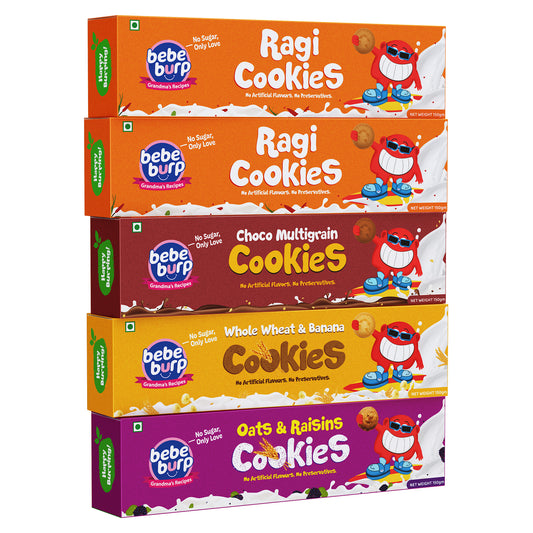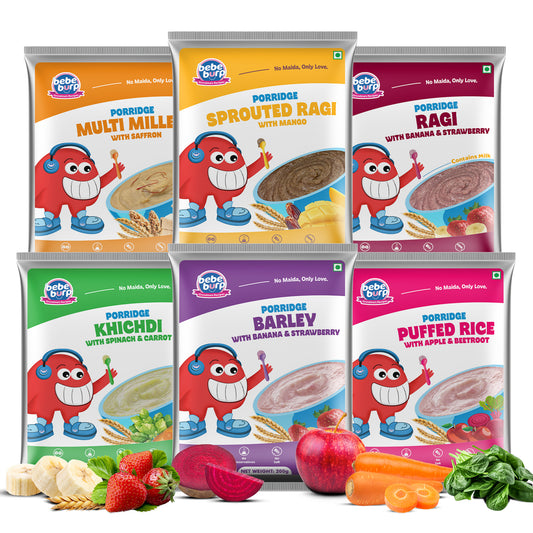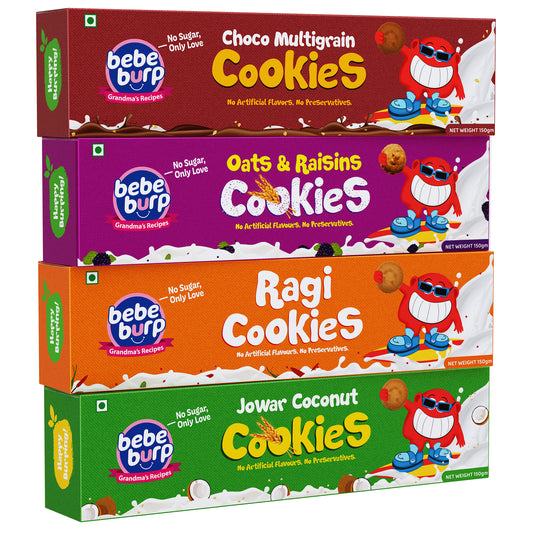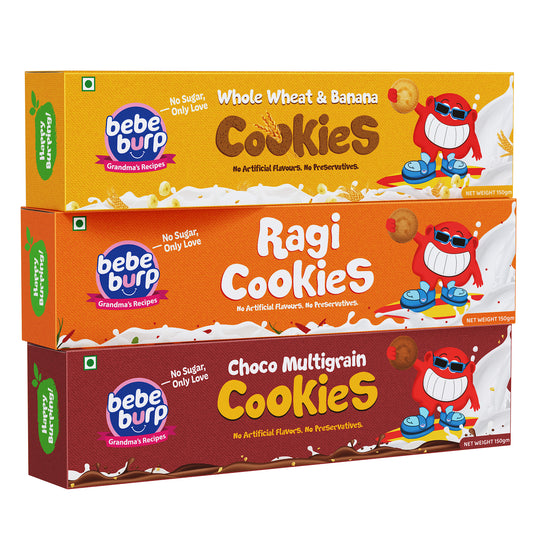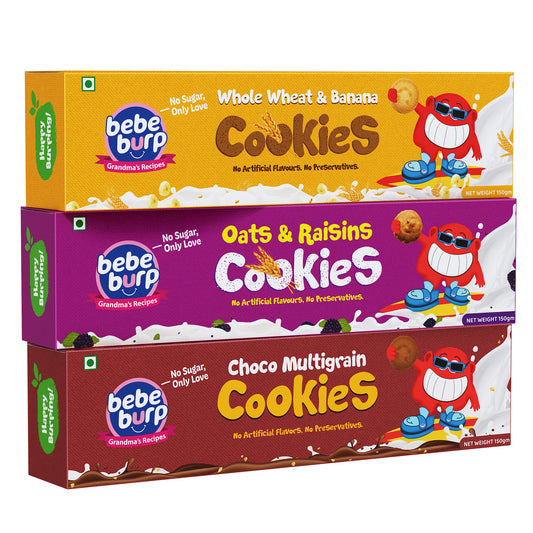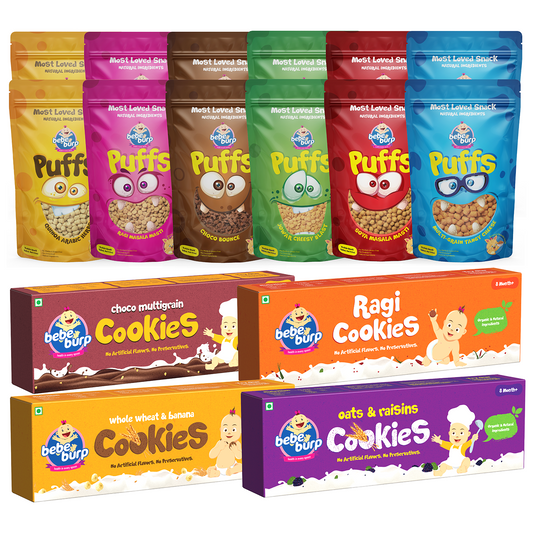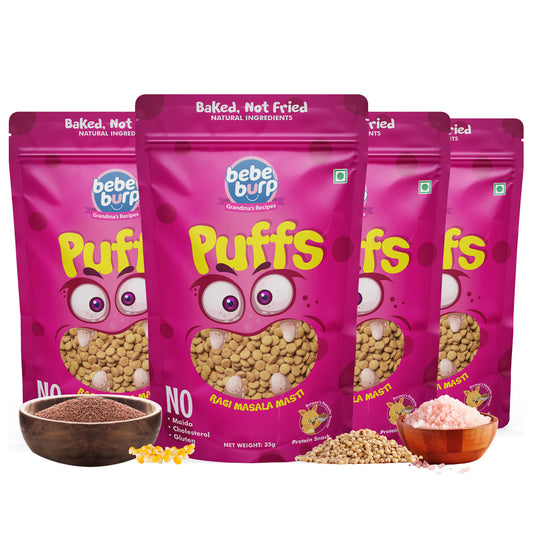What are Ragi Malt and Ragi Kanji?
- Ragi Malt: A porridge-like cuisine prepared by utilizing ragi flour (or sprouted ragi powder), induction which is generally cooked with water or even milk. It tastes inherently earthy and may be sweetened with fruits, vegetables or jaggery (in the case of a toddler).
- Ragi Kanji: A drink like product made of ragi, and used as a weaning food. It is much lighter as compared to ragi malt, but it is as nutritious and easily digestible.
The two recipes are the staples of Indian households and transmitted across generations as a baby food.
Nutritional Benefits of Ragi Malt and Kanji
Chia is classified as a supergrain because it has a lot of nutrients. Here is what is unique about it:
- Strong in Calcium - aids in bone and teeth formation.
- High in Iron - Prevents anemia, maintains healthy blood circulation.
- Rich Source of Protein - Necessary for muscle growth and development.
- Rich in Fiber - Promotes the digestive system and stops constipation.
- High in Antioxidants - Decreases inflammation, improves health and immunity.
- Low Glycemic Index - Maintains a consistent energy level, minimising the extreme fluctuations in sugar.
Health Benefits for Babies
Not only do ragi malt and kanji contain nutrients, but they also have distinct health benefits for the infants.
Health Benefits of Ragi Malt
- Bone Strength - High calcium promotes more resilient bones and teeth.
- Brain Development - Ragi contains iron and amino acids, which facilitate cognitive development.
- Weight Gain - The nutrients found in this food are especially nutrient-dense and very easy to digest, which is optimal for a baby to gain his or her weight.
- Better Digestion/Avoids tummy troubles – the fiber content takes care of smooth digestion.
- Natural Immunity Booster – Assists babies against infections and keeps the baby active.
When to Introduce Ragi Malt or Kanji to Babies
- According to WHO guidelines on infant feeding, complementary foods like ragi can be safely introduced after 6 months alongside continued breastfeeding.
- Start with the ragi kanji (thin consistency) as it is not so heavy.
- Over a period of time switch to ragi malt (thick constitution) as your baby adapts.
- Ask your pediatrician prior to giving new foods, particularly on the off chance that your baby is predisposed to allergies.
How to Prepare Ragi Malt or Kanji for Babies
Here is an easy find on how to conjure up these healthy meals in your home.
Ingredients for Ragi Malt
- 2 tbsp ragi flour (or sprouted ragi powder)
- 1 cup water (or milk in older babies/toddlers)
- Optional: purred fruits/vegetables as a flavouring
Method:
- Combine some water with ragi powder and make a paste.
- Boil the remainder of the water/milk
- Add the paste carefully, stirring constantly, to prevent lumps.
- Cook 5- 7 minutes until it has thickened and become glossy.
- Allow to sit a few minutes before feeding
Ingredients for Ragi Kanji
- 2tbsp Sprouted ragi pwd
- 1 ½ c de agua
- Pinch of cardamom powder (optional – for kids toddlers)
Method:
- Add ragi powder with water and strain water to avoid the lump.
- Boil on low, stirring.
- Cook until it is a light drinking consistency.
- Serve lukewarm.
Creative Ways to Serve Ragi Malt or Kanji
- With Fruits Put in the apple, pear or banana puree for sweetness.
- With Vegetables: Use Carrot, pumpkin or beetroot purees in it to make it healthy for the kids to eat.
- Dal water: For more protein, add ragi with dal butter.
- With Jaggery (for 1+ yrs toddlers): Made from Natural Concentration of Iron.
- Pancakes / Idlis: Try with ragi batter for a variety in baby’s meals.
Nutritional Guidance for Ragi Malt or Kanji in a Baby's Diet
- Take 2-3 teaspoons once a day, increasing slowly.
- Feeding should be of freshly prepared and warm food, not to be kept long.
- Avoid putting salt, sugar, or honey in the kid when they are less than 1 year old.
- Watch out for allergic signs such as rashes, diarrhea, and bloating.
- Combine ragi with foods that contain vitamin C (such as orange or tomato puree)
Final Thoughts
Ragi malt and Ragi Kanji are simple-to-digest, and time-proven baby food. Be it fortification of bones, development, or intent to add diversity to their diet, ragi is the right option.
Start by mixing it in with a little, keep it basic and slowly introduce new flavorful mixtures to fit these power mount foods as a normal part of your baby food.


